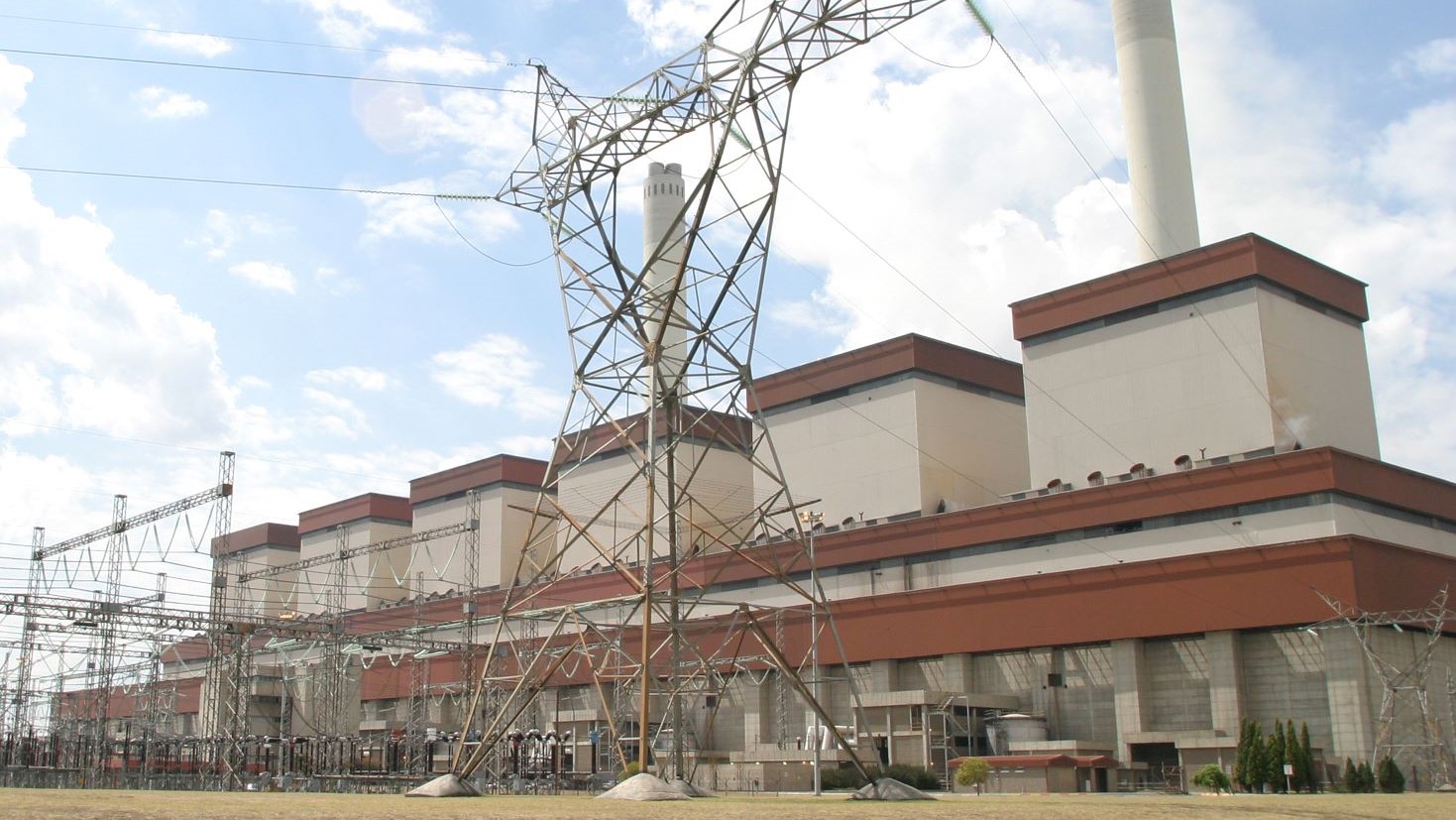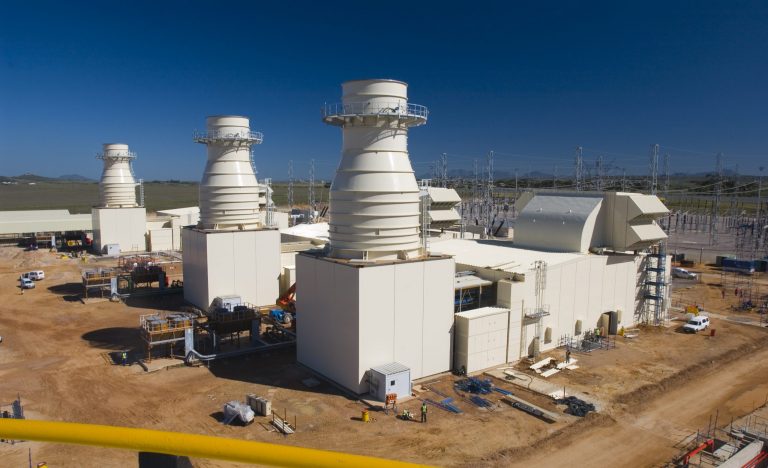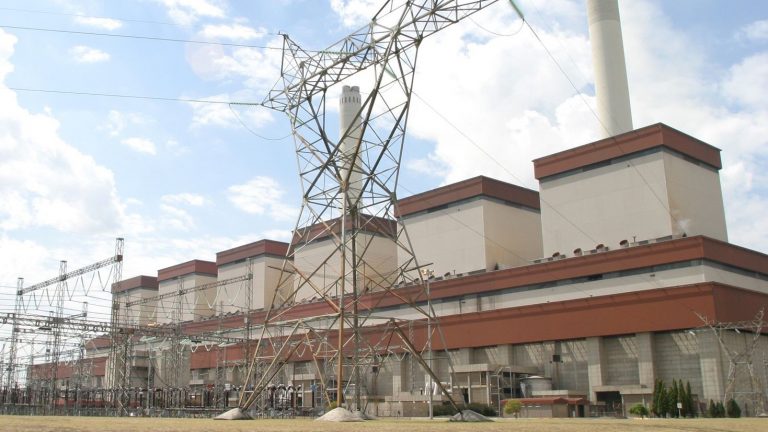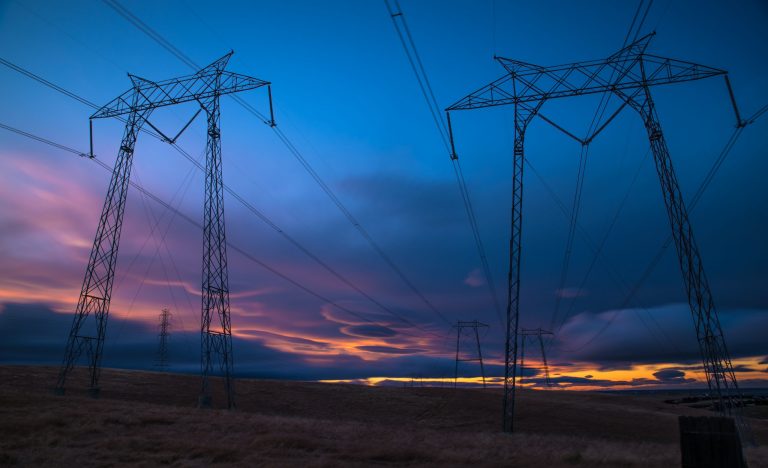Eskom’s Generation Recovery Plan delivers month-to-date Energy Availability Factor above 70% target; plant reliability improved with a further reduction in unplanned outages
Friday, 03 October 2025: The Eskom power system remains stable, supported by sustained improvements in generation performance through the ongoing delivery of the Generation Recovery Plan.
The month-to-date Energy Availability Factor (EAF) stands at 70.45%, reflecting consistent gains in plant reliability and a reduction in unplanned outages—key to stabilising the grid and supporting economic growth.
The ongoing technical improvements under Eskom’s Generation Recovery Plan have ensured that electricity demand is met for over 97.8% of the time in the current financial year.
From 1 April to 2 October 2025, diesel expenditure remained consistently below budget, reflecting reduced reliance on the diesel-powered Open Cycle Gas Turbine (OCGT) fleet, with the year-to-date load factor for OCGTs decreasing to 6.63%. This trend highlights ongoing efficiency improvements, a significant reduction in dependence on diesel generation and a sustained shift toward more cost-effective primary generation sources.
On 29 September 2025, Unit 6 at Kusile Power Station entered commercial operation, marking the completion of Eskom’s New-Build Programme. This milestone concludes the construction of South Africa’s two supercritical coal-fired power stations—Medupi and Kusile. Together, they can deliver up to 9 600MW at full capacity, strengthening the country’s continuous (24/7) electricity supply—commonly referred to as baseload capacity. The unit’s output will be included in the EAF calculations, further contributing to Eskom’s overall performance metrics.
Between 26 September and 2 October 2025, Eskom recorded an average of 9 534MW in unplanned outages, a significant improvement compared to 11 505MW during the same period last year. This represents a year-on-year reduction of 1 971MW in breakdowns — nearly equivalent to the entire output capacity of Koeberg Power Station. This trend demonstrates increasing stability and improved reliability across Eskom’s generation fleet. The country has gone 140 consecutive days without loadshedding, with only 26 hours recorded between 1 April and 2 October 2025.
To further strengthen grid stability, Eskom is planning to return a total of 4 200MW of generation capacity to service ahead of the evening peak on Monday, 6 October 2025 and throughout the coming week.
Eskom published the Summer Outlook on 5 September 2025, covering the period 1 September 2025 to 31 March 2026, which forecasts no loadshedding due to the structural progress in plant performance as a result of the ongoing implementation of the Generation Recovery Plan.
Key Performance Highlights:
- Between 1 April and 2 October 2025, the Unplanned Capability Loss Factor (UCLF), which reflects the percentage of generation capacity lost due to unplanned outages, further decreased to 25.63%. This represents a week-on-week improvement of approximately 0.21% and remains about 0.15% higher than the 25.48% recorded during the same period last year.
- Year-to-date, planned maintenance has averaged 5 263MW, accounting for 11.22% of total generation capacity. This reflects a slight increase from the previous week and a 0.3% rise compared to the same period last year.
- The year-to-date EAF further increased to 62.66%, however, this figure is slightly below the 63.14% recorded during the same period last year.
- From 1 April to 2 October 2025, Eskom generated 1,004.70GWh from its OCGT plants, with diesel expenditure totalling R5.9532 billion—an increase from last year’s 883.01GWh. In the past week, diesel spending dropped to just R0.09 million at a load factor of 0.003%, highlighting sustained efficiency improvements and a significant reduction in reliance on diesel generation.
- The year-to-date load factor for OCGTs has decreased to 6.63%, reflecting a 0.26% decrease compared to the previous week. This figure remains higher than the 5.83% recorded during the same period last year.
Protect transformers and infrastructure – avoid illegal connections, prevent power failures and load reduction
Despite the overall stability and reliability of Eskom’s power system, load reduction remains necessary in certain high-risk areas to safeguard infrastructure and ensure public safety. This is primarily due to electricity theft through illegal connections and meter tampering, which compromise the integrity of the network. These activities often result in equipment damage, transformer overloads, and, in severe cases, explosions and prolonged outages.
To mitigate these risks, Eskom may implement load reduction by temporarily switching off power in affected areas during peak demand periods. Between April and June 2025, average load reductions ranged from 529MW to 544MW.
Eskom, however, is committed to eliminating load reduction within the next 12 to 18 months. This goal will be achieved by addressing 640,000 illegal connections, upgrading infrastructure — including the installation of smart meters — curbing illegal electricity vending, and expanding access to free basic electricity in priority areas.
Customers are urged to avoid illegal connections, purchase electricity only from Eskom-accredited vendors, and regularise their accounts. These measures are essential to preventing load reduction and ensuring safe, reliable, and equitable electricity access for all.
Any illegal activity impacting Eskom’s infrastructure should be reported to the Eskom Crime Line at 0800 112 722 or via WhatsApp on 081 333 3323.
Eskom will provide an update on Friday, 10 October 2025, or promptly communicate any significant changes as soon as they occur.
ENDS







